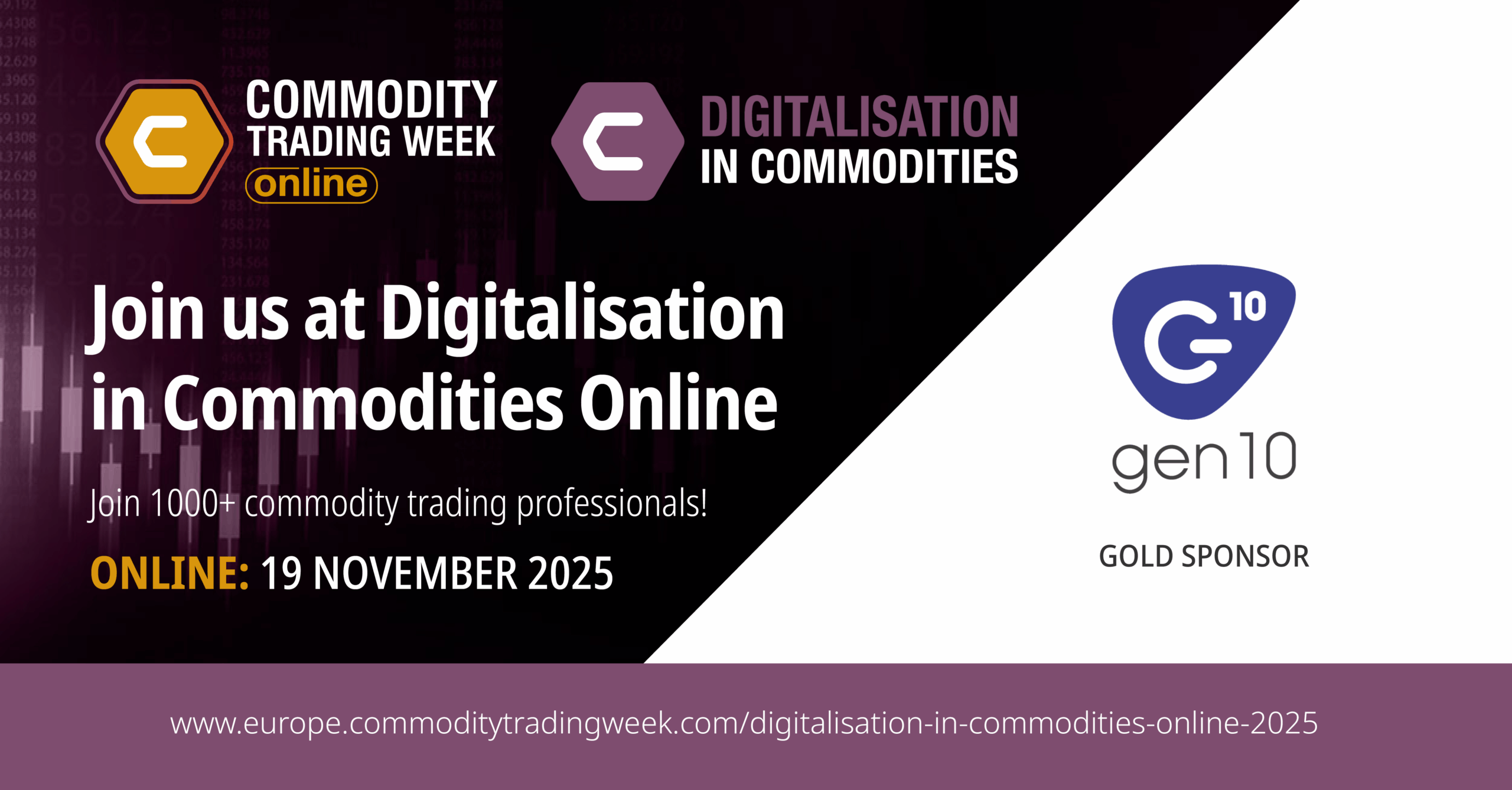The last few months have seen a significant shift towards remote working, with 80 to 90% of staff at some banks working from home due to the Coronavirus pandemic. And home working is set to remain the norm among an increasing number of banking and commodity firms, with several high-profile companies announcing that they will be reducing office space and encouraging employees to work from home in future.
As many of the initial challenges associated with remote work have been addressed by commodity traders, attention is turning to ensuring it remains a successful option that supports businesses in future. One of the key challenges to address as we look towards this future is how to onboard new employees remotely.
Setting up new hires with the right equipment and user accounts is only part of integrating them into your company. Many of the processes that help new hires learn the company culture are informal, from picking up on others’ areas of expertise at the coffee machine to approaching a colleague to ask where documents are stored.
Whilst in-person onboarding may have been primarily the responsibility of HR or the hiring manager, successful remote onboarding requires a team commitment. It means more deliberate involvement in team meetings and introductions as chance encounters are no longer possible, as well as making sure new hires are aware of who to ask questions and encouraged to speak up. This remote all-team onboarding can be supported from an unexpected angle – your CTRM system.
Commodity Management technology can help new hires pick up your processes faster, operate within your risk management framework, collaborate with others and identify who they need to speak to for more information, all whilst remaining self-directed and independent.
Learning processes
The most visible way a CTRM can help new employees is in helping them follow your processes from the beginning. With Commodity Management like Gen10’s Commodity.Manager, many of the stages of contract management and operations are automated, meaning that once they have entered their information, the new hire simply clicks to send the contract to an approver, counterparty or operator. These automated workflows can be adapted to your own processes so that they follow the actual flow of work in your organisation and new hires learn the process by doing.
And because the Pricing.Engine automatically populates documents based on your own pricing formulae, new employees don’t need to spend time learning which Excel files can help with these calculations or risk making mistakes in setting up their own calculations.
Managing risk
Alongside an induction into your culture and approach to risk, Commodity.Manager can help new hires adapt to your risk management policies in a range of ways. Many activities can be prevented until processes have been followed, whether that is gaining contract approval or attaching the correct documents before sending to the counterparty. Operational risk is also reduced by the process controls and automation mentioned above. And credit and counterparty risk is also managed in the system. Traders can see at a glance a counterparty’s credit line and utilisation, check for outstanding payments and ensure certifications are up to date instantly.
Importantly, risk management activities are managed as part of the flow of work, so traders and operators do not need to update counterparty records, MTM or other reports after they have completed an action; they are all updated automatically. This means that there are fewer processes for new hires to learn and that they can get up to speed more quickly whilst protecting your organisation from risk.
Sharing information
Simply learning where key files are stored and knowing which information to use can be a confusing part of any employee onboarding journey, and is made more difficult when they are physically removed from their colleagues. The usual risks associated with Excel documents, from multiple copies to missing data and overwritten formulae are even more prevalent in those first weeks before new employees are fully aware of your systems and processes.
By contrast, Commodity.Manager removes the need for offline processing or calculation documents, and provides central online storage for other records, which can be linked to specific counterparties or contracts for ease of use. And expired documents pose less risk as notifications can be set to update them before they expire.
It is also easier to share information on contracts and their progress as anybody with the right permissions can work on or check contracts. This can be useful for every role as they are able to check for their own outstanding actions at a glance, confirm whether they are waiting for others to take action and see instantly who they need to speak with if they need clarification or further information. Commodity.Manager helps the entire team progress from simply communicating to collaborating – the creative idea-sharing that occurs naturally and informally in offices can now be replicated in a remote world.
Onboarding new employees remotely is a new challenge for many of us. Setting new hires up with equipment and systems is much easier than ensuring they are integrated into your company culture, but Commodity Management technology can prove an unexpected aid in helping new employees understand your processes and get off the mark faster; with communication channels that help them identify who to speak to when they need help, the confidence of clear risk management, all the information they need and more independence faster.
If you are concerned that your current CTRM does not support your remote working requirements now or in the long term, you may be interested in this on-demand webinar exploring how quick and easy a new CTRM implementation can be.



